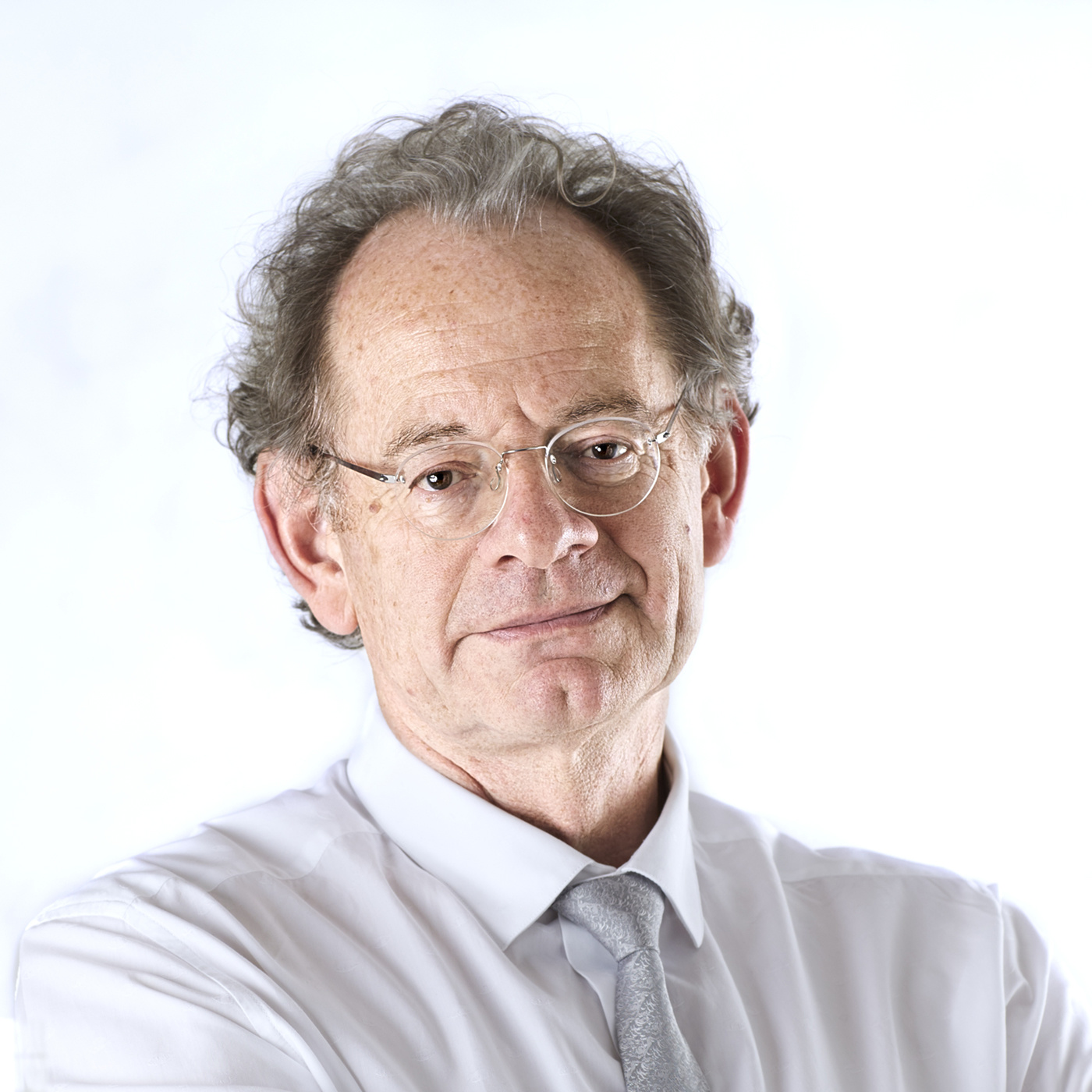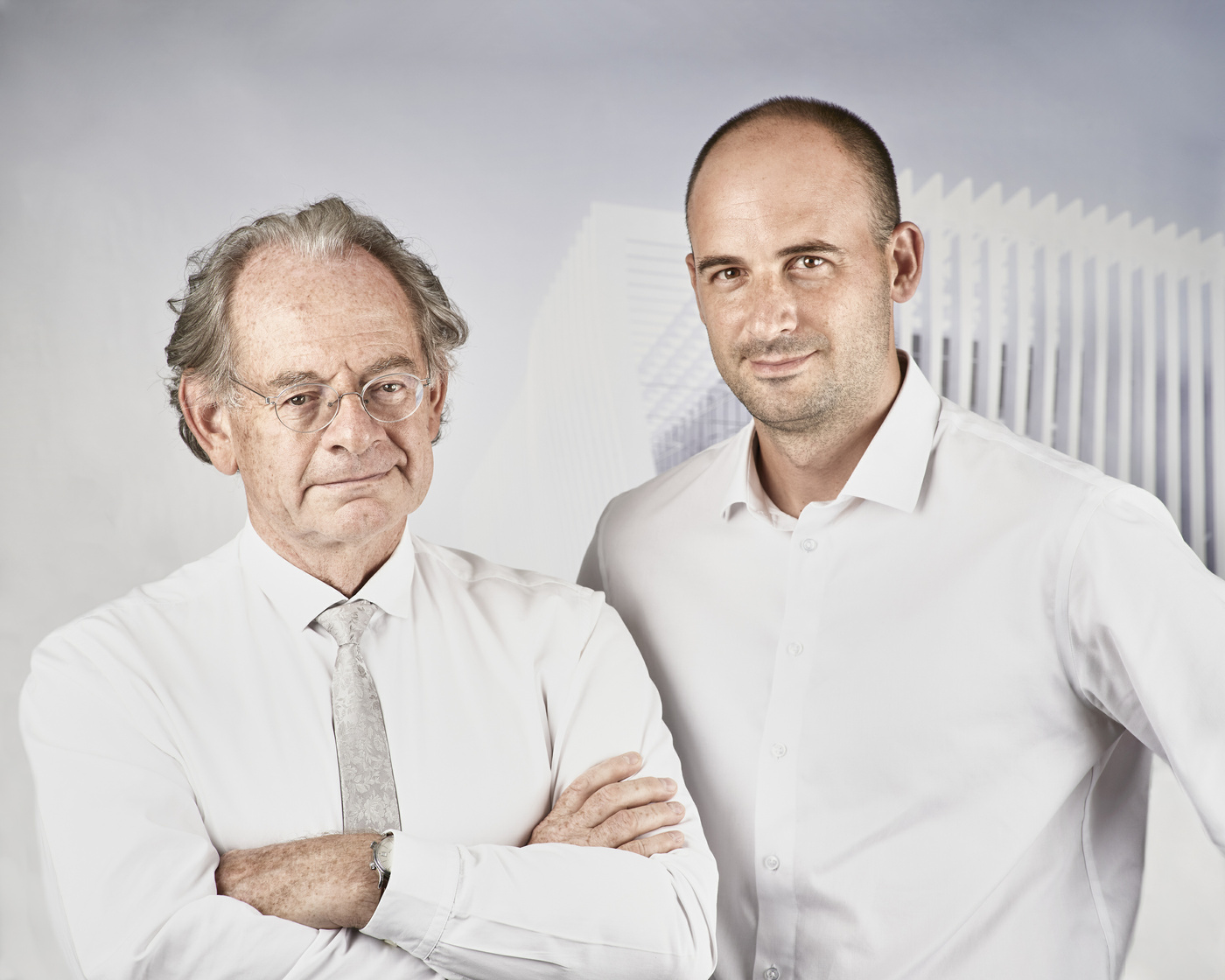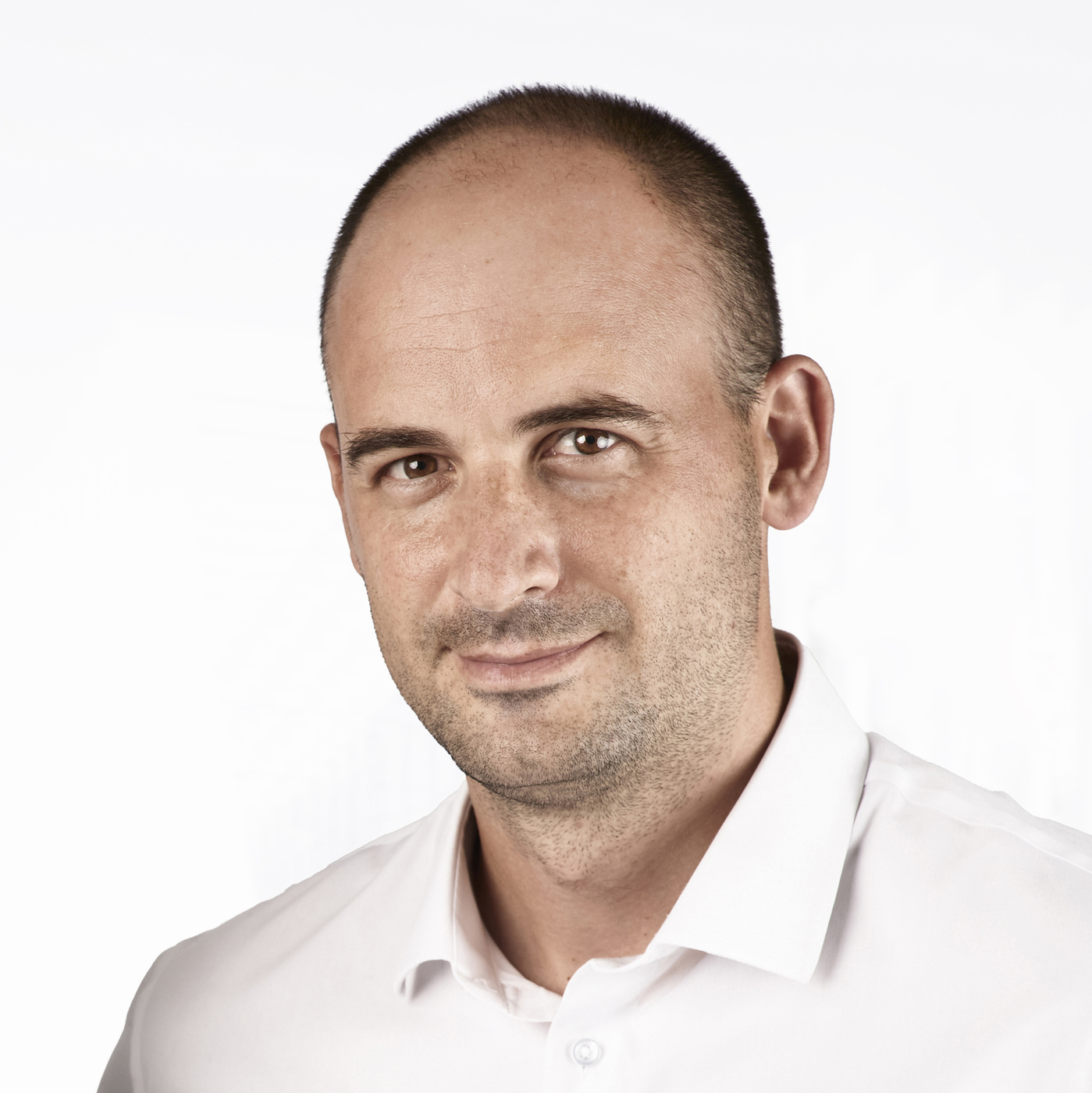Michel Rémon

A 1977 graduate of the French School of Fine Arts, Michel Rémon quickly became known for two research works on the thickness of façades and bioclimatic urban architecture, which already testified to his thinking on heliotropism within a dense urban fabric - the common theme of an approach that he would subsequently develop.
He was a Young Architecture Albums prizewinner and in 1984 created his own firm in Paris. In 1994, he was nominated for the Equerre d'Argent (Silver T-Square) prize for the Université des Chênes at Cergy-Pontoise, which in parallel obtained the first prize for architecture from the Val-d'Oise General Council. The leisure center at Torcy, the École Supérieure d'Arts et Métiers in Metz and the Forensic Science Laboratory at Écully were to confirm his reputation in this first period, from 1994 to 1997.
With a team of 31 people, including 27 architects, Michel Rémon currently divides his time between public projects, public-private partnerships (PPPs) and prestigious private operations for Air Liquide or the headquarters of Airbus Helicopters at Marignane, which underscore the vitality of his studio by exploring new domains.
A recognized company leader, he is high up on the roll of honor of large French architectural firms. Hospitals, stadiums, universities, research laboratories, tertiary and infrastructure facilities .... his studio in Paris carries out complex large-scale projects. Responding to exceptional programs, they all raise academic issues in terms of technicality, functionality and architecture for new-build and for the restructuring of sensitive sites. Following the National Institute of Solar Energy (INES) at Chambéry in 2013 – with its dual-geometry roof, natural ventilation and solar-powered air-conditioning – he also designed the CNRS building at Saclay, with a cleanroom having 3,000 m² of useful floor area.
While the Reims Stadium, the hospital sites at Villeneuve-Saint-Georges, the Édouard-Herriot Hospital in Lyon, but also, the Clinics of Saint-Luc in Brussels, the hospital of Ben Guerir in Morocco or the nanoscience and nanotechnology center at the University of Tel-Aviv in Israel, showed Michel Rémon to be a man of large scale and large sites, the creation of space, proportions, relationship to the site, ground and sky, and the art of roofs guide his writing. Attentive to the permanence of architecture, he always returns to context, evoking in turn Casa Malaparte on Capri or Alberti's De pictura.
Prizes and the Medal of Honor from the French Academy of Architecture (2008) have crowned his works. A teacher and consultant architect to the Ministry of Territorial and Sustainable Development, he was also a consultant to the inter-ministerial commission that ensures high-quality public buildings (MIQCP).
Honors
Member of the French Architects for Export (AFEX)
Member of the Association pour la Performance de la Maîtrise d'Ouvrage (APMO)
2020 to July 2022 : Vice-President of the Union of French-speaking Architects for Health (UAFS)
2015 : Titular member of the French Academy of Architecture
2008 : Medal of Honor from the French Academy of Architecture
2002 : First prize in architecture from the Order of Architects – Regional Council of Lorraine, École Nationale Supérieure d’Arts et Métiers, Metz
1994 : Nominated for the Équerre d’Argent award – University of Cergy-Pontoise
1981 : Winner of the Young Architecture Albums
Portrait by Christophe Raynaud de Lage

